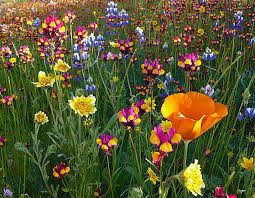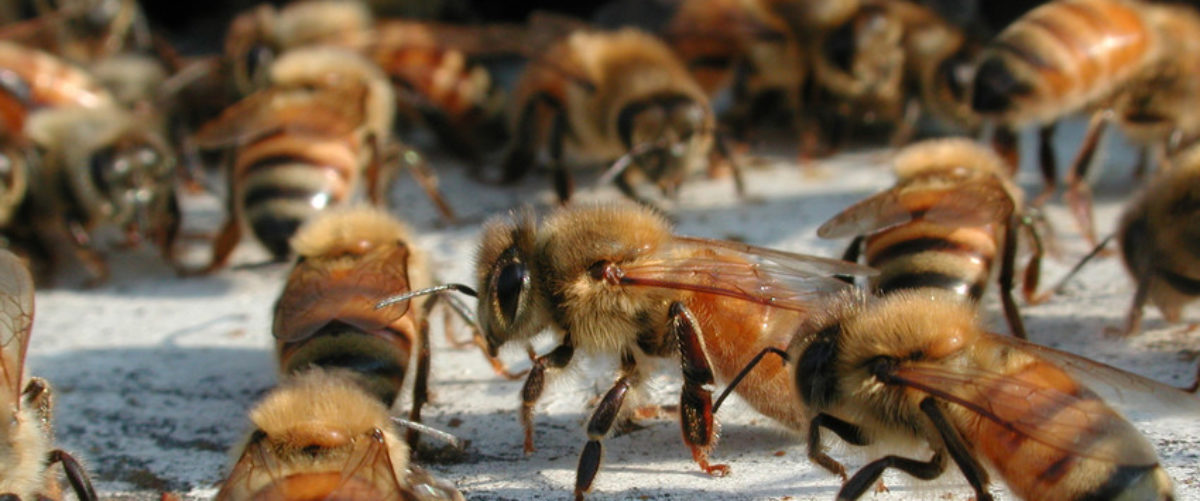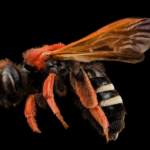Physics plays a stronger component in nature than most realize. This article discusses the possibility that buzz pollination behavior seen in eight different species of bumble bee may involve the triboelectric charge of the pollen grains they forage.
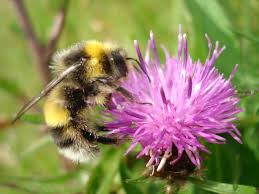
Category: Beginning Beekeeping
Beehive Monitoring Study Invitation
Apiara Hive Technologies is conducting a FREE hive monitoring study. They are looking for 25 participants whose farms fall under the category of “small to Mid-size farms” to test new technology in the realm of apiculture. More details can be found on the invitation linked above.
Beehive Monitoring Study Invitation
Apiara Hive Technologies is conducting a FREE hive monitoring study. They are looking for 25 participants whose farms fall under the category of “small to Mid-size farms” to test new technology in the realm of apiculture. More details can be found on the invitation linked above.
Our Bees, Ourselves
This article from the New York Times discusses the current state of Honey bee populations worldwide, focusing on the dramatic losses that have been seen in population numbers.
With Honey Bee Population Numbers Continuously Decreasing, Wild Bees Come Into the Limelight
Sam Droege, native bee guru and Wildlife Biologist from the USGS, is helping lead the charge to find supplemental pollinators, as a result of the decline in Honey Bee numbers. Read how Droege is leading the creation of a national inventory of wild bees, which could eventually be used to save American agriculture.
Snail shell-nesting mason bees
This podcast from BBC Radio discusses the preferred nesting place of a specific species of mason bees – vacant snail shells.

Bees Use an Unlikely Resource to Help Build Nests
Scott MacIvor and Andrew Moore have found that Bees are using an unlikely resource to help construct their nests – plastic. Their research has found that two species of megachilid bees have started using plastic, independently of one another, for nest construction. The full article is available here courtesy of the ESA.
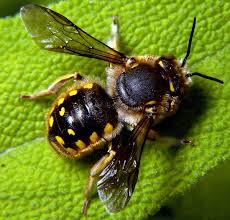
Bees Provide a Sweet Solution to Airbus’ Pollution Problem
Beehives are placed near an airport runway in Hamburg to measure pollution levels on behalf of aircraft manufacturing giant Airbus.
Bee Social Behavior in Action!
This video captures the social behavior of Bumble bees, one of the eusocial species within the family Apidae, in action!
Researchers find that wildflower abundance is linked to wild bee abundance and pollinator services
This article published in the Journal of Applied Ecology details how planting wildflowers adjacent to crop fields serves to increase wild bee diversity and enhance the pollinator services provided by these wild bees.
